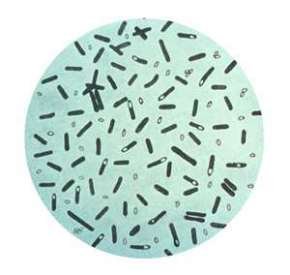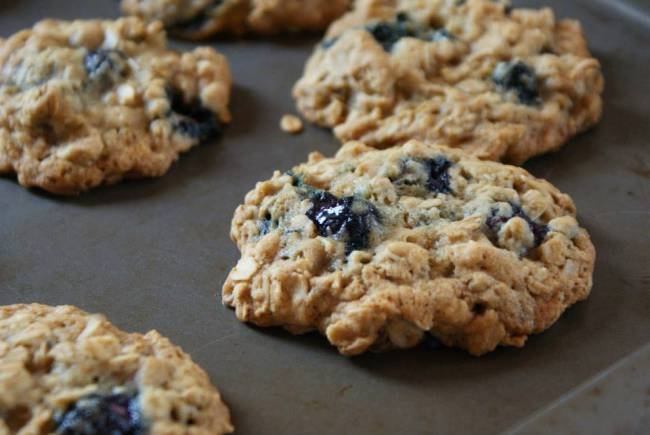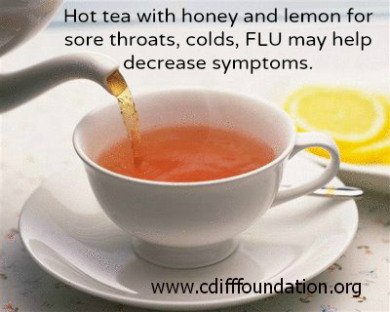
With the cold and FLU season in full swing here are a few natural remedies and some have been shared by the Mayo Clinic. Natural remedies may help ward off or decrease the harsh cold symptoms caused by viruses.
*When cold or FLU symptoms are not relieved by natural alternatives or over-the-counter medications (OTC) or symptoms become worse, please contact a healthcare provider, or Primary Care Physician for medical attention.
Dr. Jay Hoecker, MD, a Mayo Clinic Emeritus consultant, suggests utilizing a Humidifier; Humidifiers add moisture to the air, which helps ease coughing and congestion due to a cold. Warm-mist and cool-mist humidifiers are equally effective in humidifying the air. Also, by the time the water vapor reaches your child’s lower airways, it’s the same temperature regardless of whether it started out warm or cool.
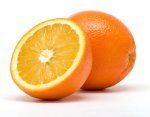
Citrus fruits such as oranges and lemons have been noted as natural immune boosters for the cold and flu due to their vitamin-C content.. Although vitamin C is integral to proper immune function, citrus fruits have a lot more to offer than just one vitamin. Fruits and vegetables have more to offer the immune system than just their vitamins and minerals. The phytonutrients, antioxidants, fibers, oils and acids in fruits and vegetables, which are responsible for their various flavors and colors, are also responsible for their many health, healing and immune- modulating properties.
To make Lemon, Honey and Thyme Sorbet:
Ingredients: 3/4 to 1 cup honey of your choice, 1 cup cold water, small handful of fresh thyme sprigs, zest of 2 lemons, 1-1/2 cups fresh squeezed lemon juice from four lemons.
Combine honey, water, thyme, and lemon zest in a small saucepan, bring to a boil and stir constantly until honey is dissolved. Boil for one minute and remove from heat, set aside until cool. Strain syrup from saucepan into a jug, add lemon juice to the syrup and chill for at least two hours. Pour the mixture into a shallow freezer-proof container (a loaf tin will work fine) and freeze for one hour until the edges begin to freeze. Beat with a hand mixer or whisk until smooth and return to the freezer and repeat these steps two to three times before leaving in the freezer for a final two hours.

It’s very important to stay hydrated during cold and flu season not only to prevent sickness, but to also help recover from any cold symptoms. When feeling ill continually drinking fluids during the course of the day may become decreased. Maintaining hydration can help the recovery process. Staying well hydrated will improve the body’s overall functioning and effectiveness. When dehydrated the recovery process will slow down because the body is struggling to fight off the infection. Staying hydrated can help the respiratory tissue that lines the lungs maintain moisture providing the ability to cough and expel the mucus or blow your nose easier. Warm beverages, such as tea, broth, and soup will also help loosen mucus in the respiratory tracts and aid with congestion. When a cold or FLU caused by a virus causes a fever perspiration and lose of water and electrolytes, especially salt will occur. Electrolytes and water are crucial in keeping the body functioning properly. While drinking plain water is important, gaining back those electrolytes are important too. Many sports drinks (i.e., Gatorade and Powerade) will help to replace the lost electrolytes. For children, Pedialyte is a great option. * Please contact Pediatrician/Physicians to report symptoms and/or seek medical attention if it is not possible to maintain hydration
Try to incorporate both plain water and electrolyte-enhanced drinks if there is a fever, vomiting, or diarrhea. Offer Popsicle s and gelatin during the day along with water and other beverages to help with fluid balance during an illness. Staying proactive with fluid replacement and fluid intake, dehydration can be prevented. If there are any signs of dehydration, act quickly and contact healthcare providers and/or seek medical attention immediately. Maintaining hydration can help fight the FLU and/or common cold symptoms while aiding in the recovery.
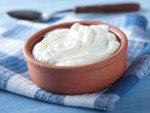
Probiotics can boost the immune response to FLU and cold symptoms along with the negative effects that go along with Antibiotic therapies. Powerful strains of probiotics found in yogurt include lactobacillus and bifidobacteria. The more different strains of these bacteria, the better, so look for this information on the label and compare brands when possible. Though store-bought yogurt does contain probiotics, some of these bacteria are inevitably destroyed by the pasteurization process. For a product containing the most live and active cultures, making yogurt at home with raw milk is ideal Kefir is a product very similar to yogurt; it is usually made from milk but can be made with other liquids such as coconut milk or water. Kefir, though, has the advantage of being 99 percent lactose free, making it a good option for those who are lactose intolerant. Additionally, kefir is among the richest sources of probiotics available, with three times the amount of probiotics typically found in yogurt. It can be purchased in most grocery stores. Fermented vegetables are probiotic-rich foods that easily can be made at home. Some common examples that can be purchased at the grocery store include sauerkraut and pickles. Kombucha tea is produced by fermenting sweet black tea with a flat culture of bacteria and yeasts known as the kombucha mushroom.
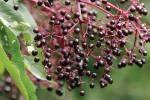
Elderberry is a fine natural remedy and a statement by Dr. Holly Lucile, ND “There has been a plethora of research on black elderberry mainly on its antiviral and anti-inflammatory activity.”
And the best natural prevention that everyone can do is hand washing (hand hygiene).
CDC’s Slogan: “Hand hygiene saves lives.” Hand hygiene is critical for all of us. It has been identified as the single most effective means of reducing the spread of infection worldwide. Researchers have reported that healthcare associated infections were reduced when hospital personnel washed their hands more frequently. Hand hygiene is a new term to describe hand washing and the hand disinfection process. We pick up “transient flora” when our hands touch objects in the environment. “Resident flora” are organisms that are normally found on the skin on our hands. Hand washing removes the transient bacteria, viruses and decreases the levels of resident flora on the hands decreasing the spreading of germs. By removing the transient flora by hand washing the healthcare associated infections (HAIs) rate decreases. Here’s to sharing the news with others about the importance of hand washing (hand hygiene) and let’s stop giving germs a free ride.
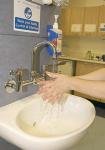
“Here’s to everyone’s good health!”

